)pre-Wine Labels Old World Versus New World
Wine labels are treated differently depending on where the wine comes from. There are two types of wine–old world and new world. Why is it important to learn old world versus new world? Because when it comes to reading wine labels, old world versus new world wines have different information on the label.
Old world wines come from Europe, the Middle East and North Africa. New world wines come from USA, Argentina, Chile, Australia, New Zealand and South Africa. An easier way to remember it is that the majority of old world wine comes from France, Spain and Italy, while new world wine comes from everywhere else.
Wine Label Basics
First let’s start with the basics of reading a wine label.
- Brand: This is the winery that produced the wine. Some wineries have multiple brands. For example, Robert Mondavi owns its namesake winery along with Opus One (high end), Woodbridge (budget), RM Private Selection (Coastal), Luce (Italian), Caliterra (Chilean) and Kirraala (Australian), just to name a few of their brands. Other wine brands don’t have a winery. For example, Quilt is a brand that does not have its own winery. It is vinted and bottled, which is similar to being a private label brand.
- Year: The year the grapes were harvested.
- Wine Type: The variety of grape used to make the wine. Different regions have different rules about how much of one variety is required to be labeled as that variety. For example, in Napa Valley (California), wines must contain at least 75% of one variety to be labeled as that type. If a label says Cabernet Sauvignon, it must contain 75% or more of Cabernet Sauvignon grape. It might contain 100% but the legal minimum is 75%.
- Appellation / Region: This is a legally defined geographical area where grapes were grown. If the grapes were grown in Mendocino, the label cannot say Napa.
- Alcohol: The percentage of alcohol is a legal requirement. It is most often on the back label, but sometimes it appears on the front label.
- Designation / Classification: This is where it gets tricky. Some regions have legal requirements for designations. For example, in Rioja, there are aging requirements that separate a Reserva or a Grande Reserva wine from a regular wine. However, in other regions, Reserva can be used at a winemaker’s whim. Another example is Bordeaux where classifications are governed by the AOP, and you have to have a lot of pre-knowledge in order to understand this classification system.
New World Wine Labels
New world wine labels are typically easy to read with very little pre-knowledge required. The Matua wine label below is from New Zealand and is quite easy to read.
In the second example, this new world wine from California is also quite easy to read. The only assumption is that you must know Paso Robles is a wine region in California. Most Americans will know this but it may not be as evident to someone from a different country.
Old World Wine Labels
Now we are moving to old world wine labels. There is much more assumed knowledge you must have. For example, the label does not say what grape varieties are used. In Italy, they assume you know that Chianti is made from at least 80% Sangiovese. It’s also assumed that you know Chianti is in Tuscany.
French wine labels can be the most challenging to read as there are so many assumptions. The Malartic Lagraviere is a red Bordeaux wine from the Bordeaux region of France, neither of which are mentioned on the label. This is typical of the region and not unusual with this wine. The label also assumes you know that the grapes used are a Bordeaux blend. (A Bordeaux red wine is a blend of at least two but not more than six very specific types of grapes–Cabernet Sauvignon, Merlot, Cabernet Franc, Petit Verdot, Malbec and Carmenere.)
Getting Better at Reading Wine Labels
If you want to learn more about wine, pick a region and drink several different bottles of wine from that region. Each time you open a bottle of wine, pay attention to what the label says… and what knowledge you are assumed to know. Don’t worry about trying to become an expert in wine labels overnight. After all, you’re looking for a bit of edutainment, not a full-time job!



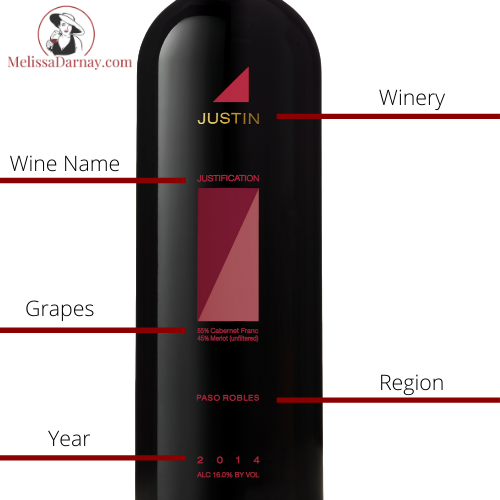
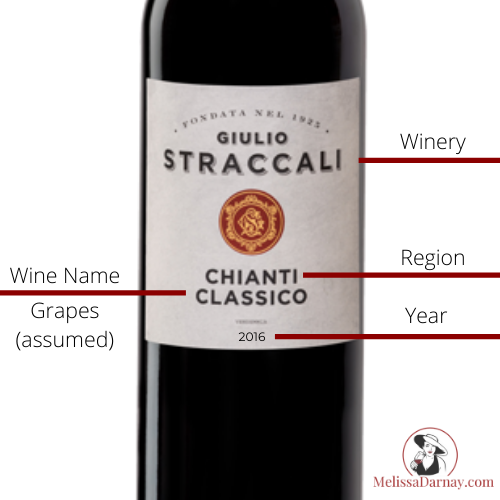
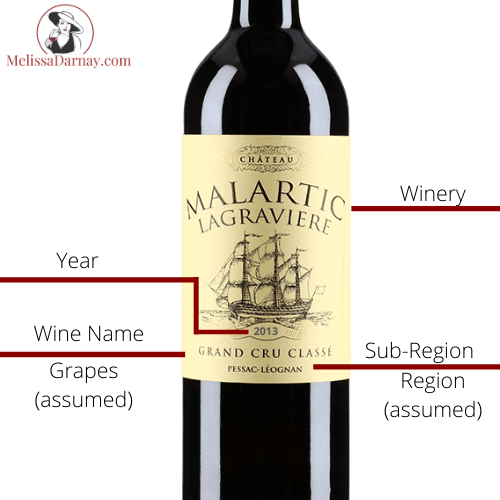
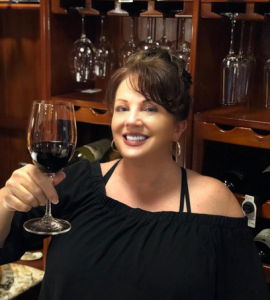

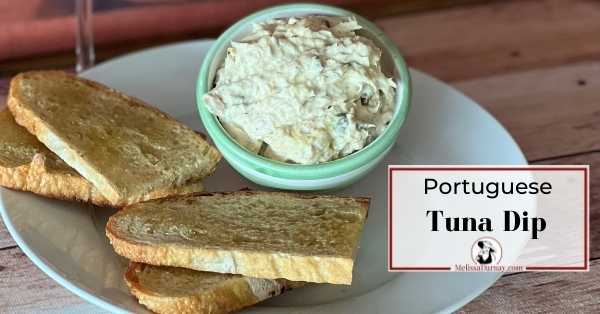
0 Comments
Trackbacks/Pingbacks